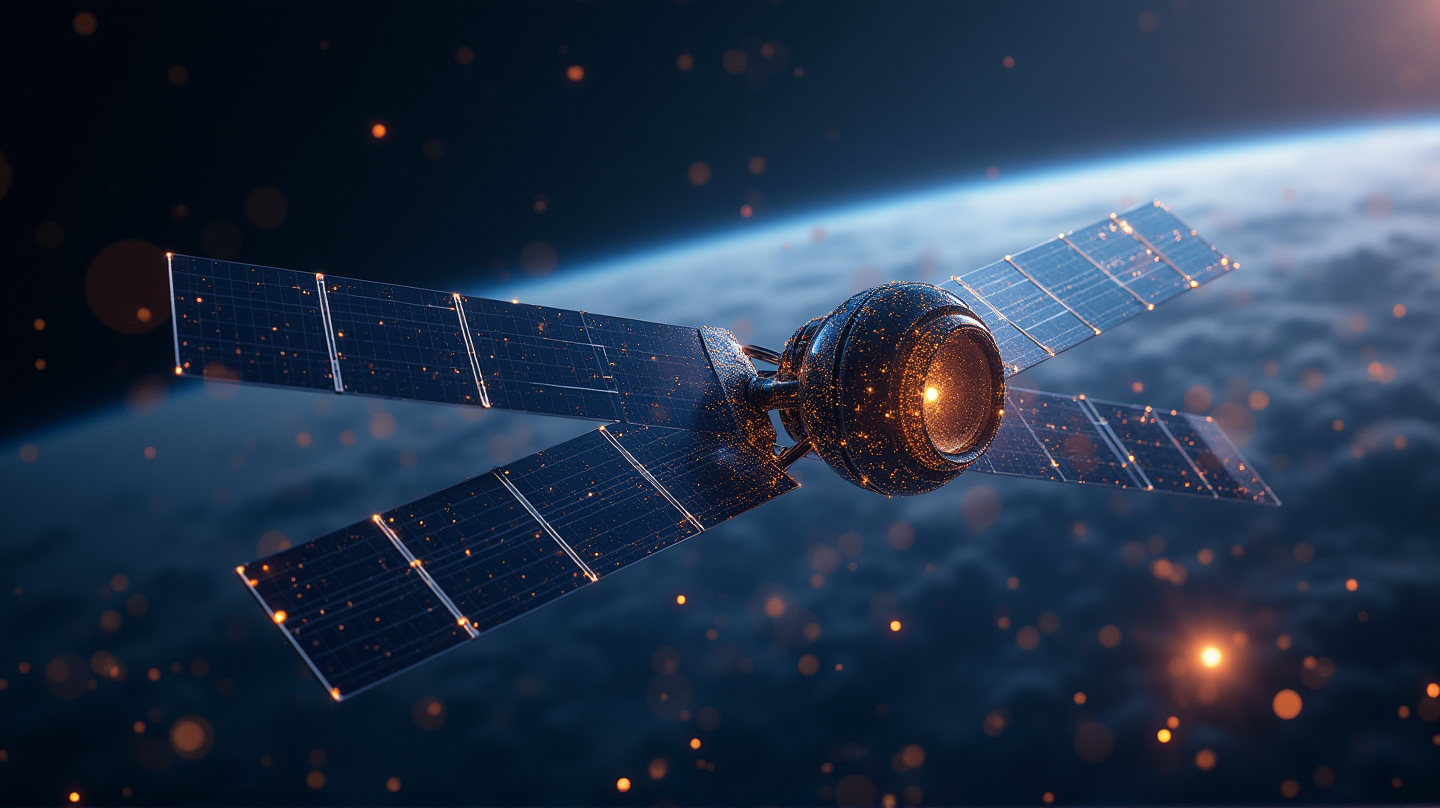Würzburg AI Pioneers World-First Satellite Control from Orbit
Würzburg team achieves historic AI milestone, revolutionizing satellite control. InnoCube's AI leads the way in autonomous space missions.

Imagine a world where satellites autonomously navigate the cosmos, executing complex maneuvers without a whisper of human intervention. This isn’t a sci-fi movie plot—it’s the dawn of a new era in space autonomy, thanks to the groundbreaking work of researchers at Julius-Maximilians-Universität Würzburg (JMU). They have boldly taken steps no one has before, demonstrating the world’s first in-orbit AI-based satellite attitude controller.
The Historic Leap Forward
On October 30, 2025, aboard the 3U nanosatellite InnoCube, Würzburg’s AI model, honed through Deep Reinforcement Learning (DRL), took command. In a short satellite pass lasting just nine minutes, the system independently adjusted the satellite’s orientation using reaction wheel actuators—a feat that signals a tectonic shift in how satellites may be operated in the future. This demonstration is more than a technological marvel; it’s a glimpse into the potential of AI to manage complex systems autonomously, even amid the unpredictable vacuum of space.
Overcoming Challenges: From Simulations to Reality
Space is a realm of challenges where traditional systems often struggle. The Würzburg team tackled the notorious Sim2Real gap—a common pitfall where systems trained in simulations struggle to perform amidst the harsh realities of space. By crafting an intricate, high-fidelity simulation environment, they bridged this divide, preparing the AI to handle InnoCube’s journey with precision and resilience. Thanks to this innovation, control strategies aren’t just a result of months of manual tuning but are dynamically self-optimized, reducing developmental timelines significantly.
AI: The Autonomous Navigator
The AI-controlled satellite didn’t just meet expectations; it surpassed them by successfully executing various maneuvers repeatedly, showcasing its adaptive prowess and reliability. Such autonomy could prove invaluable for deep-space missions where communication delays make real-time human intervention impractical. Imagine satellites actively responding to external influences, adjusting their paths independently—this is the new frontier Würzburg has opened.
Collaboration and Innovation Driving Success
This breakthrough is not just the fruit of one institution’s labor but a collaborative effort. The project, part of the LeLaR initiative funded by the German Federal Ministry for Economic Affairs and Energy, draws on diverse expertise from players like Technische Universität Berlin, who contributed crucial technologies such as the wireless satellite bus, SKITH. This innovation has replaced traditional, weighty cabling with wireless solutions, enhancing reliability and reducing satellite mass.
A Transformative Vision for the Future
As reported by the LeLaR team, especially by voices like Frank Puppe, there’s now a growing acceptance of AI in space missions, laying the groundwork for embracing AI technologies more broadly in critical operations. This success isn’t just about technological advancement; it’s about inspiring confidence across the aerospace industry.
The Path Ahead
Looking ahead, JMU researchers are excitedly eyeing the expansion of AI’s role across more complex mission requirements. With continuous on-flight learning mechanisms, future spacecraft might not just follow orders but evolve, adapt, and optimize their performance, reshaping the mission landscape.
Conclusion: Pioneering Beyond the Stars
With InnoCube, the University of Würzburg has positioned itself as a beacon of innovation in AI-driven space systems. This achievement marks just the beginning of a journey toward transforming satellites into autonomous, intelligent explorers of the universe. As we stand at the precipice of this exciting era, space exploration becomes not just an endeavor but a collaboration between human ingenuity and autonomous progress.
According to Bioengineer.org, these developments promise to revolutionize space exploration, turning dreams of intelligent satellites into tangible realities, and forever altering our approach to the vastness of space.

